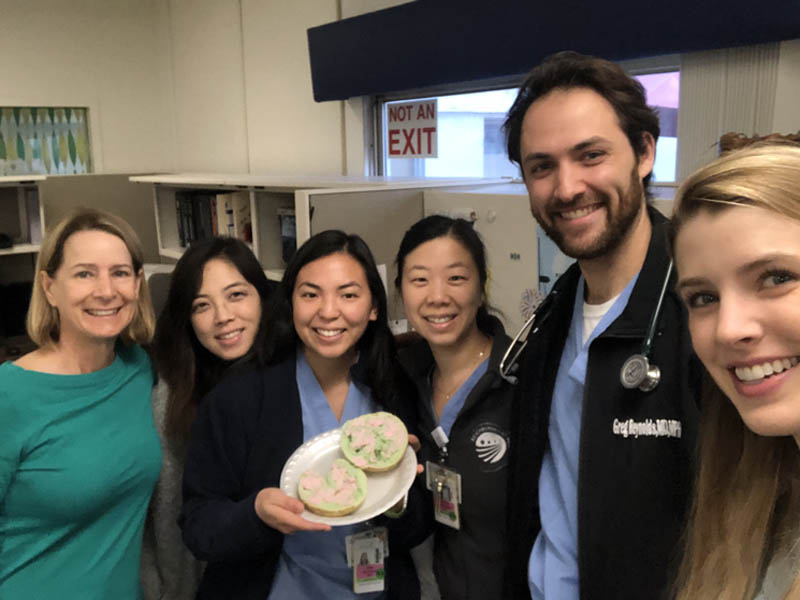

Members: Your Doctors Month offer of $100 off a product of $100 or more expires on Wednesday.
As a resident, you've successfully tested your academic learning in the real world, readying you to practice full-spectrum family medicine. Now it’s time for the exam that lets you demonstrate the skills, knowledge, and understanding you’ve acquired. Take advantage of AAFP resources as you work toward this milestone in your career as a family physician.
Keep deadlines in mind. The one-day board certification exam cost most residents $1,300 in 2024, but those who didn't register in time paid $1,400. For test dates in April, the deadline to register without a $100 penalty is toward the end of January.
Applications for the ABFM family medicine board exam are submitted through your MyABFM Portfolio account. Check your profile to ensure that your residency program information is correct.
Once your application is complete, you’ll be able to schedule a testing date and location through Prometric. Choose your seat as early as possible.
ABFM Board Exam Facts
There are 300 multiple-choice questions on the exam, divided into four 95-minute sections. Aim to spend about one minute on each question.
There’s no penalty for incorrect answers.
More than 98% of family physicians pass the one-day board exam on their initial attempt.
You'll get a preliminary pass, fail, or "pending review" result within three to seven business days of taking your exam. However, your final results won't be posted until six to eight weeks after all exams in the exam window have been completed.

The AAFP offers live Board Review Express courses and a video-based self-study board review package that includes slides and other on-demand resources, plus features that allow you to control video speed and allow for personalized progression. More than 30% of Express course attendees are residents.
Most faculty for AAFP Board Review materials are residency faculty and know how to train you for the exam.
In addition to Board review materials, there are several AAFP resources you can rely on to deepen your clinical knowledge and skills: American Family Physician articles and quiz questions, FP Comprehensive™ , and FP Essentials™.

Prioritize studying the areas you have identified as weak spots and use the ABFM blueprint to guide how much time you commit to each area of study.
Take time daily or weekly to identify clinical questions you’ve had in practice, then seek resources on those topics.
Establish a regular review pace. For example, divide up the content of the Board Review course and review portions of it every week over a year. The AAFP Board review self-study course also outlines a method for dividing material into a study schedule.
Review American Family Physician articles every month, paying particular attention to the level of evidence presented. The stronger the evidence, the more you need to know it.

"Set up a study group with other residents—maybe some faculty, too. That helps everyone stay on schedule and be accountable."
Karen Mitchell, MD, FAAFP
VP, Student and Resident Initiatives
Use your AAFP membership to access self-care and burnout support education and resources.
Get mentally comfortable with the exam format by taking a few practice exams the week or two before your scheduled exam.
In the week before your exam, get plenty of sleep and take care of yourself. There’s no need for last-minute cramming. The studying and learning you've completed to reach this point will often be enough to lead you to a correct answer.

Have your e-ticket and an accepted photo ID ready to present at the Prometric test center.
If you’re traveling for the exam, confirm your reservations.
Make a trip to the testing center in advance, if possible, so you know what traffic to expect and can spot any potential delays or parking issues.
